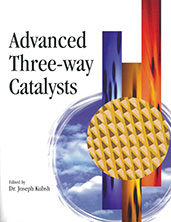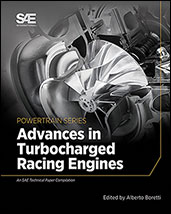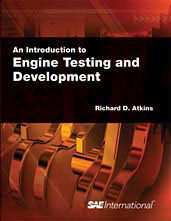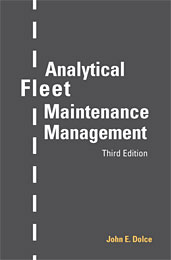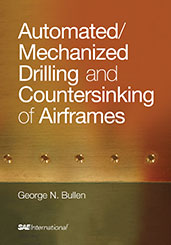Book

2014 Passenger Car Yearbook
2013-12-10
Each year car manufacturers release new production models that are unique and innovative. These cars begin as concepts then go through the process of prototyping. The process of creating a new model can take years, involving extensive testing and refining of aerodynamics, safety, engine components, and vehicle styling. The production model is the result of this lengthy process, and its new technologies reflect the latest engineering standards as well as market trends. The 2014 Passenger Car Yearbook details the key engineering developments in the passenger vehicle industry of the year. Each new car model is profiled in its own chapter with one or more articles that were previously published and written by the award-winning editors of Automotive Engineering International. The novel engineering aspects of each new model are explored in depth.





